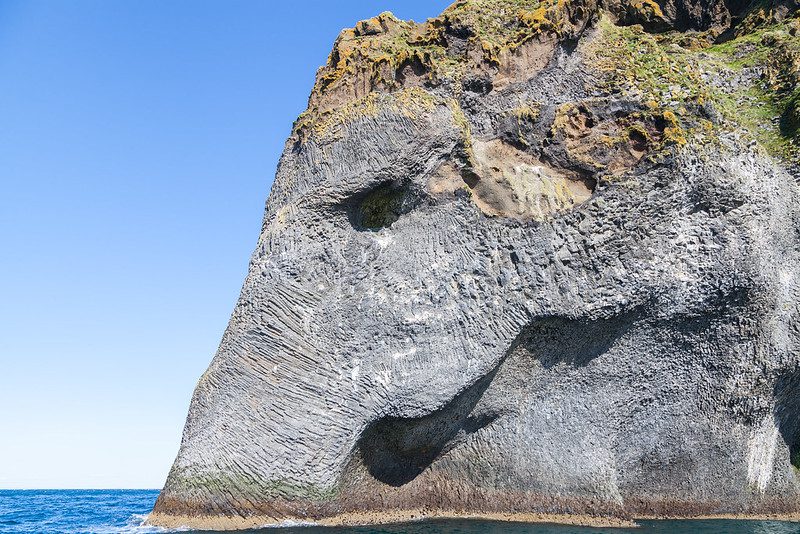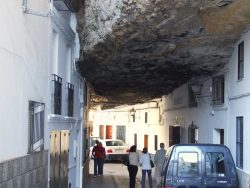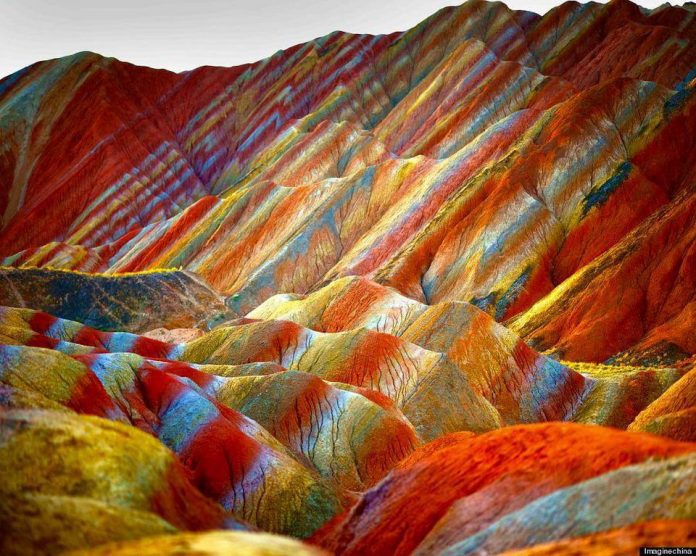
The Rainbow Mountains Location
A Fantastical Chinese Travel Destination
The Zhangye National Geopark is situated in Sunan and Linze provinces in the prefecture-level city of Zhangye, in Gansu, China.
It comprises an area of 322 square kilometres (124 sq mi). The locality became a quasi-national geopark on April 23, 2012 (provisional title: Zhangye Danxia Geopark).
It was formally assigned as “Zhangye National Geopark” by the Ministry of Land and Resources on June 16, 2016, after it reached the on-site acceptance test.
Known for its colourful rock formations, it has been chosen by Chinese media outlets as one of the most beautiful landforms and tourist attractions in China.
Where are The Rainbow Mountains Located
The park’s location is in the northern foothills of the Qilian Mountains, in Linze and Sunan, under the prefecture-level city of Zhangye, Gansu province. The main sections of the Danxia landform are in Kangle and Baiyin towns.
The park’s centre area, Linze Danxia Scenic Area, is found 30 kilometres (19 mi) in a westerly direction of downtown Zhangye and 20 kilometres (12 mi) south of Linze County’s position.
It is the park’s most developed, popular and most visited. A second scenic region, Binggou, found on the north bank of the Liyuan River, was formally inaugurated on August 3 2014.
Binggou comprises 300 square kilometres (120 sq mi), and its elevation ranges from 1,500 to 2,500 meters higher than sea level. A 3rd area, Sunan Danxia Scenic Area is a third area in Ganjun, south of Linze.
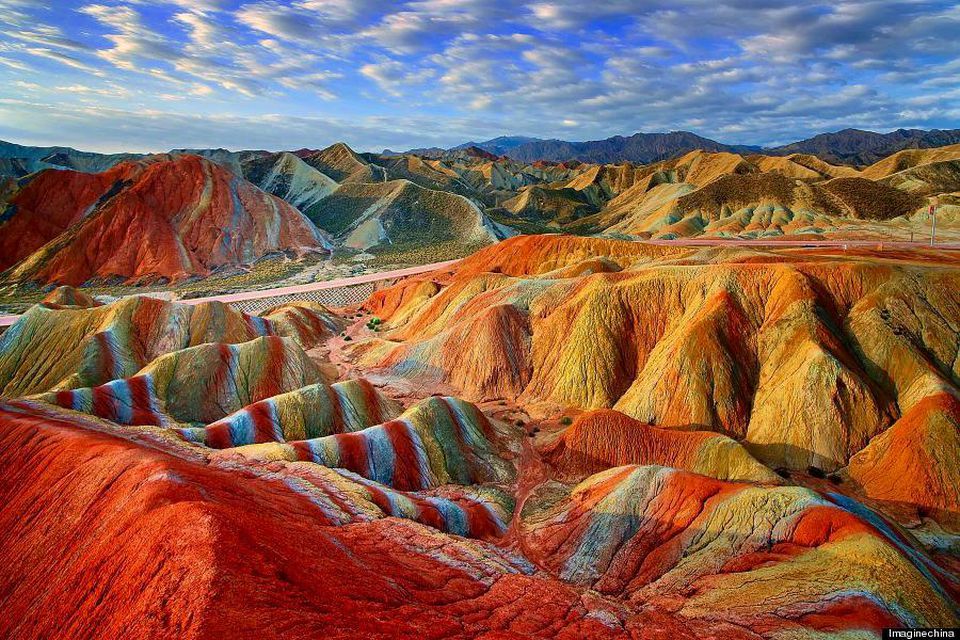
The Rainbow Mountains – A Dreamy Landscape
Zhangye Danxia is recognised for the unusual colours of the rocks, which are smooth, sharp, and many metres tall.
They are the result of sediments of sandstone and other minerals that appeared over 24 million years.
The result (comparable to a layer cake) was tilted by the very tectonic plates responsible for producing parts of the Himalayan mountains.
Wind, rain, and time sculpted unusual shapes, including towers, columns, and ravines, with diverse colours, patterns, and sizes.
The Most Beautiful Chinese Tourist Attraction
In 2005, Zhangye Danxia was chosen by a panel of reporters from 34 major media outlets as China’s most beautiful Danxia landform area and region.
In 2009, the Chinese National Geography journal chose Zhangye Danxia as one of China’s “six most beautiful landforms”.
The site has grown to become a top tourist attraction for Zhangye. A series of boardwalks and passage roads have been built to help tourists and visitors explore the rock formations.
In 2014, 100 million yuan was spent on upgrading the facilities in the Binggou area.
Zhangye Danxia is added as a natural wonder in the video game Sid Meier’s Civilization VI. It was featured in the Rise and Fall expansion.
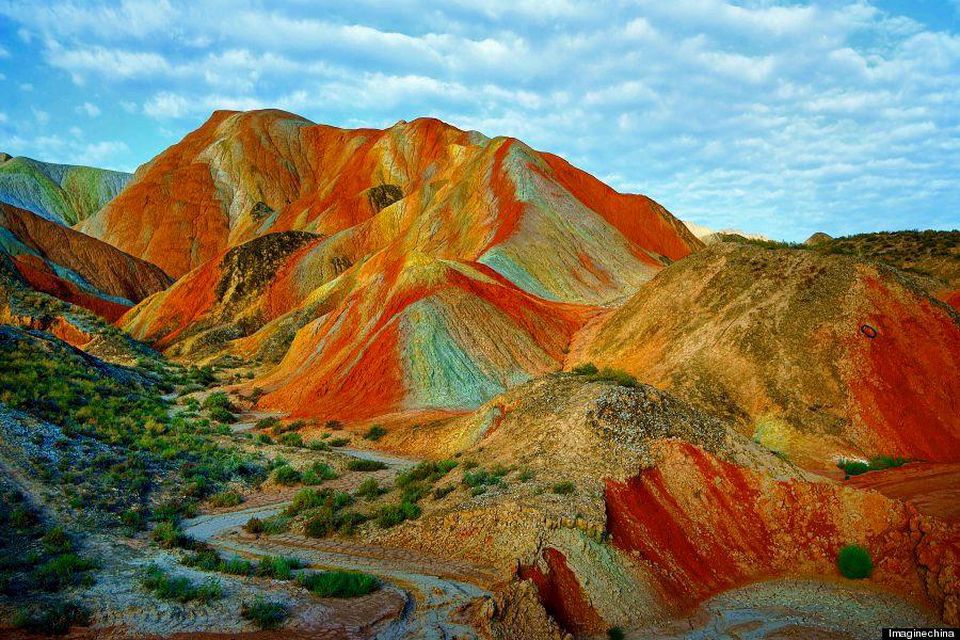
The Rainbow Mountains of China in the Zhangye Danxia Landform Geological Park are a geological wonder of the world.
These famous Chinese mountains are recognised for their mysterious colours that mimic a rainbow painted over rolling mountains’ peaks.
This is just one instance where geology gets our attention and begs the question: What causes the Rainbow Mountains to be coloured the way they are?
Here I will inform you of the diagenetic and mineralogical formations and processes that make up the reds, yellows, greens, and blues.
The Zhangye Danxia National Park is found in the Gansu province in China’s northwest, and comprising 200 square miles.
The site was titled a UNESCO World Heritage Site in 2009 and is the target of many Chinese and international tourists.
How Did The Rainbow Mountains Form?
The Rainbow Mountains are cretaceous sandstones and siltstones collected in China before the Himalayan Mountains were created.
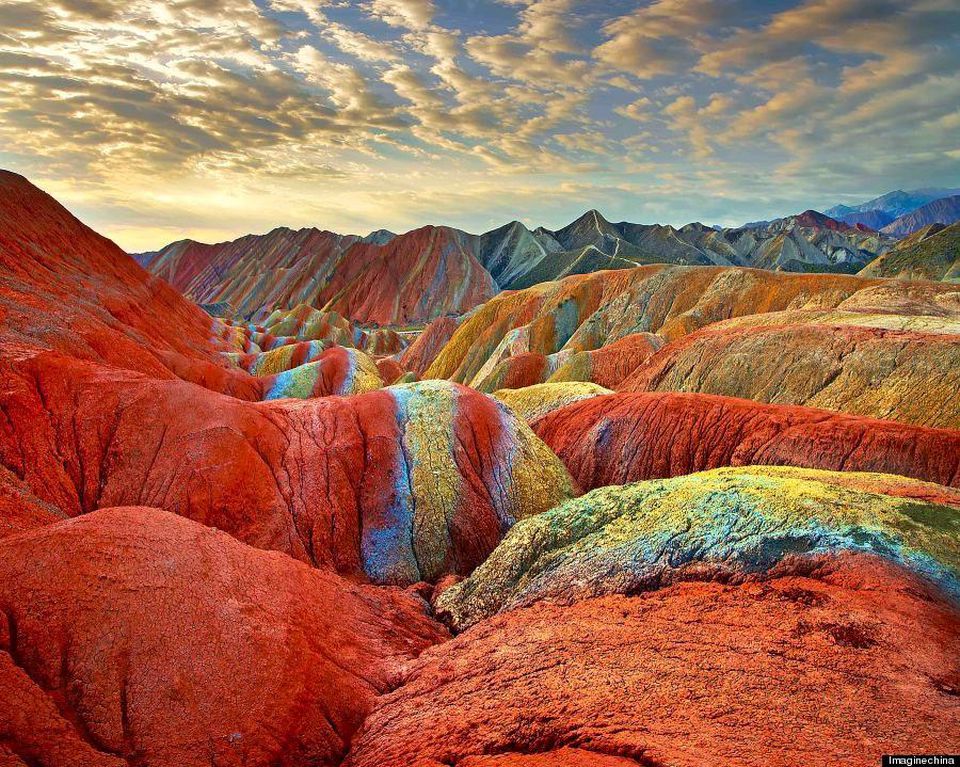
The sand and silt were placed with iron and trace minerals that contributed to the vital ingredient to make the colours we see now.
Once, a layered horizontal & flat stratigraphy was interrupted by the Indian Plate smashing into the Eurasian Plate around 55 million years ago.
Much like if two cars get in a wreck, and the fenders fold and crack, a similar process folded what was once flat sandstones into the Rainbow Mountains we see now.
This process uplifted peaks and exposed sedimentary rocks that were hidden well below the earth’s surface.
Weathering and erosion destroyed the overlying layers of continental siliciclastic rocks and exposed them underneath different mineralogy and chemistry formations.
This creates the striking variation in colours seen over the Rainbow Mountains.
Now that you know how the Rainbow Mountains developed, we will discuss how they got the colour we see.
Precipitated groundwater moves within the sandstone grains and deposits trace minerals in among the grains.
This deposit can build up to a point where there is no longer a pore space separating the individual grains, bonding them in place.
This process is what gives the trace minerals discussed below. It presents the otherworldly colouring of sandstones around the world.
Unlike the Fountain Formation, the primary colour is a deep red sandstone that outcrops in the Flatirons, Garden of the Gods, all in Colorado, and the Red Rocks Park.
The red colouring is because of iron oxide covering and cementation, known as hematite (Fe2O3), amid the sandstone grains.
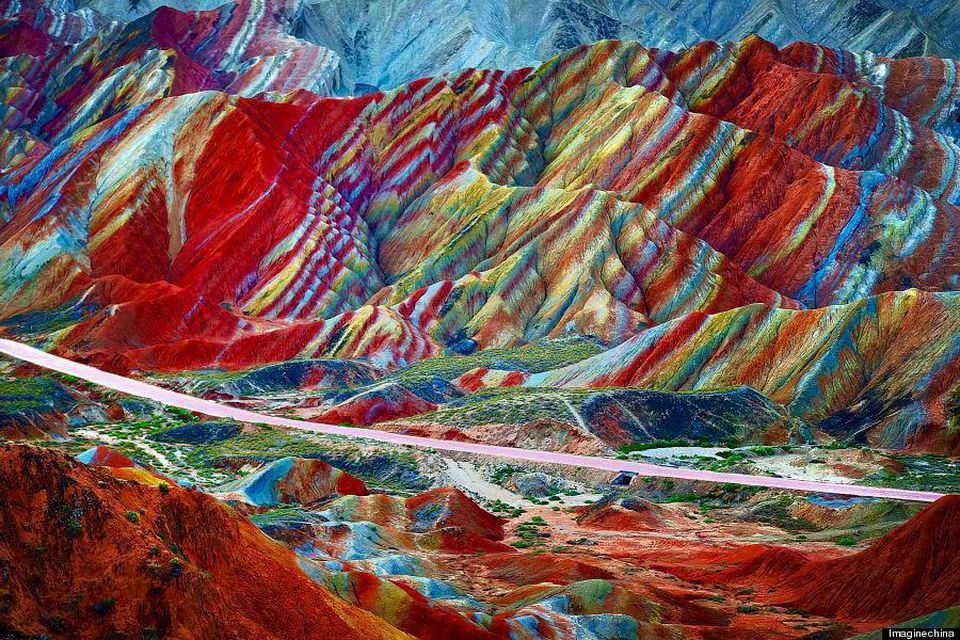
This is the same identical process when a piece of metal is left out in the rain and creates a red layer of rust around the outside.
Weathering, mixed with water & oxygen, oxidises elemental iron into iron oxide, well-known for its dark red colouring.
The Rainbow Mountains are distinguished mainly by this iron oxide staining of its sandstone Danxia formation.
Most of the time, iron oxides bestow a dark red pigment. Nevertheless, there are situations where oxides form various colours.
For instance, oxidised limonite or goethite will create brown or yellow staining of sandstones. Magnetite can create black staining of sandstones.
If iron sulphide is present, you will see a metallic yellow colour given by the sulfur. At the same time, green colouring is usually due to chlorite or iron silicate clays.
These are just some instances of how sandstones can be modified in colour during diagenesis.
Finally, I’ll leave you with more striking photos of the Zhangye Danxia Rainbow Mountains.
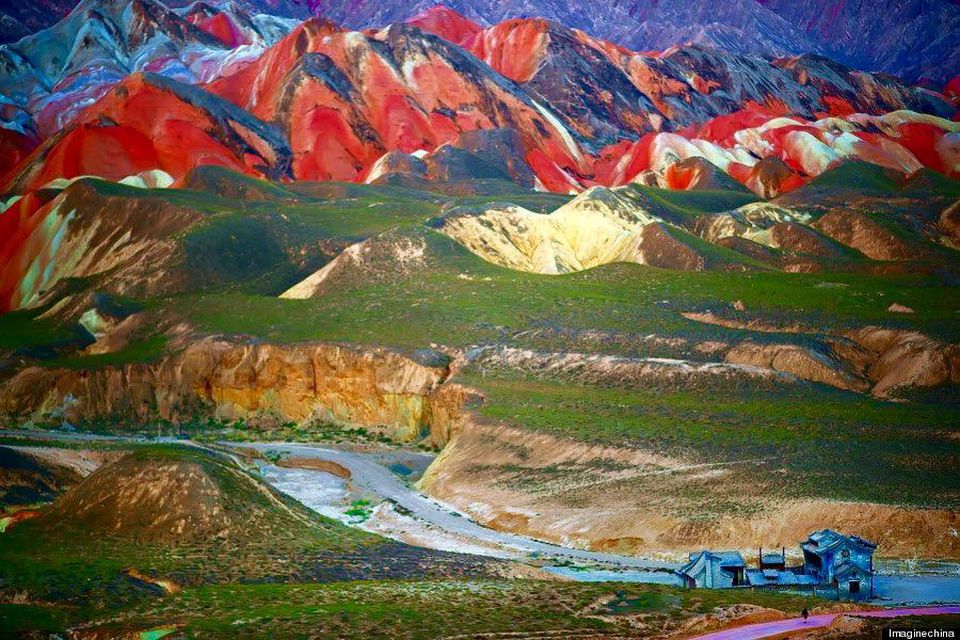
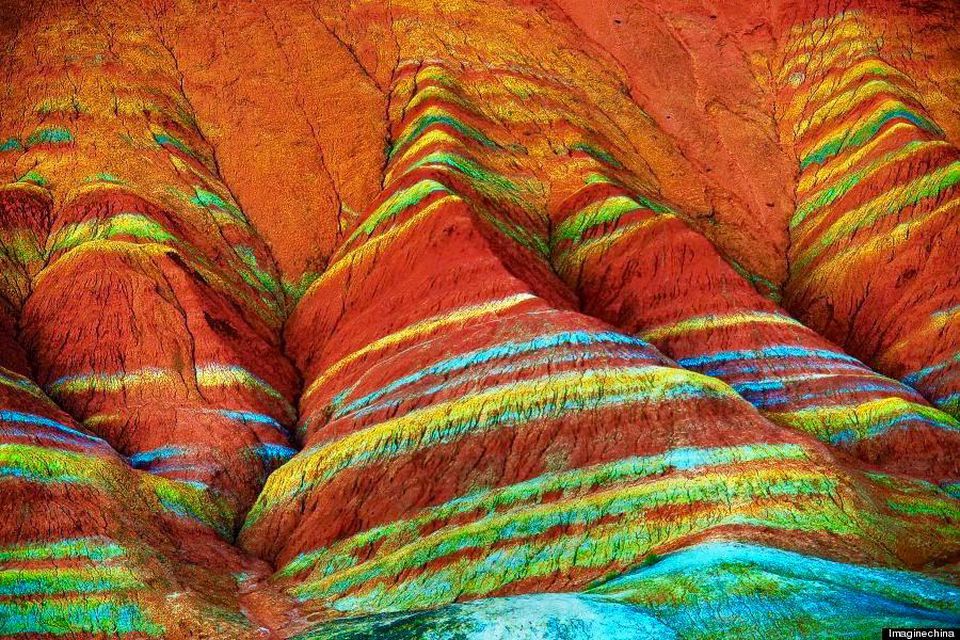
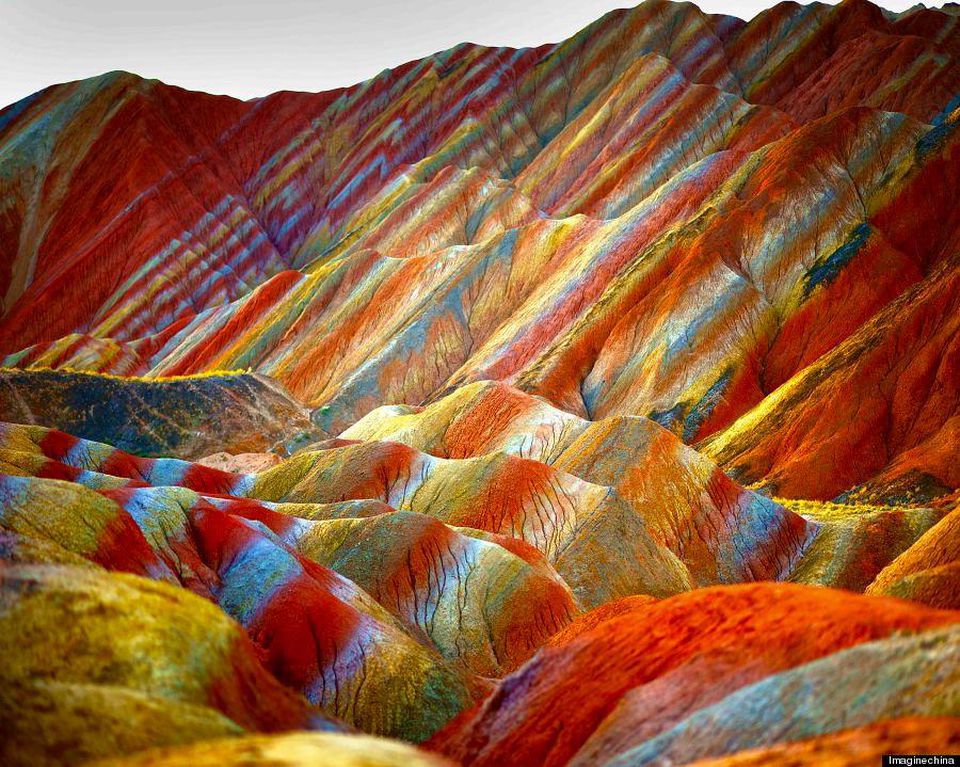
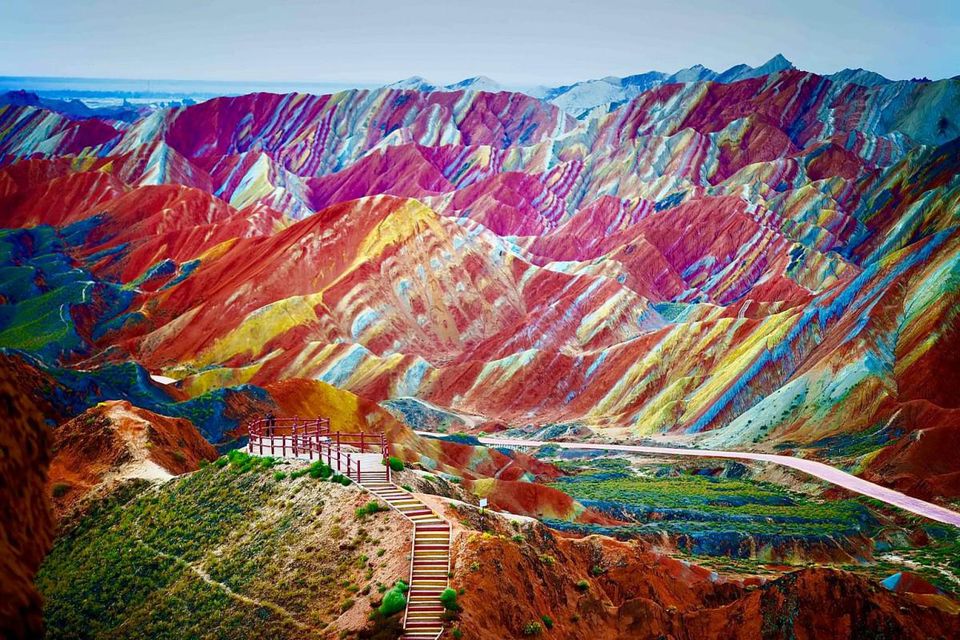
People also ask
Why is the Rainbow Mountains Rainbow?
We observe the rainbow colouration in the stratigraphic layers and deposited sediments of the Ausangate mountain mostly due to weathering and mineralogy.
The red colouration of sedimentary bands often means iron oxide rust as a trace mineral.






































